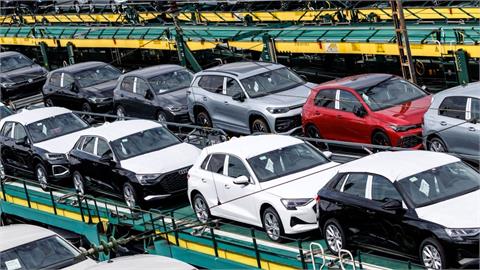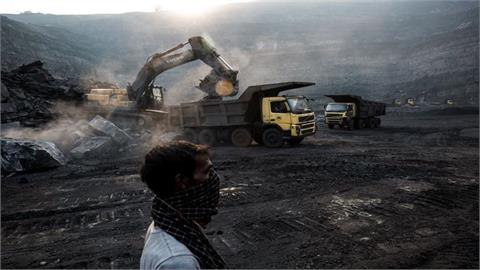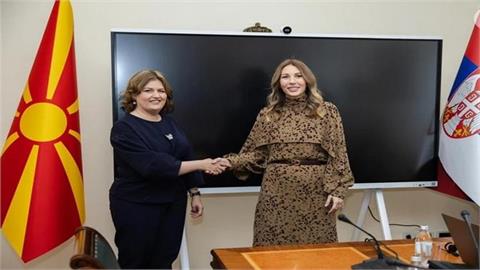Minister of Environment and Energy of Greece Thodoros Skylakakis and his Egyptian counterpart, Minister of Electricity and Renewable Energy Mahmoud Esmat, agreed to adjust the framework for the development of the GREGY subsea interconnection.
The project, developed by Copelouzos Group, is aimed at exporting large quantities of renewable energy from wind and solar farms that would be installed in Egypt. The European Union has included GREGY in its sixth list of projects of mutual and common interest (PCI and PMI), as well as in its Global Gateway framework, for projects of high strategic importance.
Originally, the plan was to develop 9.5 GW of projects in Egypt with a focus on photovoltaics, as well as an underwater cable with a 3.5 GW capacity. However, the two governments are now shifting to much more wind energy instead.
As part of recent talks, it was agreed that 75% of total capacity would be wind and the rest solar. The reason is that Greece already has a high share of solar energy in its mix and it requires imports to cover demand mostly during the night.
Egypt is able to produce wind energy cheaply and at large scale. Therefore, even including the transmission cost, exports are expected to be more than viable.
Greek producers worried about new interconnections
In fact, the Greek renewable energy sector is very worried about the prospect of GREGY and similar interconnections. First of all, the projects planned in Egypt are so large in scale that essentially they constitute almost one more Greece, so to say. The country’s current renewable electricity capacity is about 13 GW. The 3.5 GW GREGY interconnector is also very large compared to other international projects in the region.
Previously, Stelios Loumakis, head of Hellenic Association of Photovoltaic Energy Producers – SPEF, said cheap power coming from North Africa and the Middle East would potentially be damaging for Greek producers. The new direction towards wind farms will help alleviate some of the fears of solar producers, but not completely. Also, it is doubtful if Greek wind power producers will be able to compete with Egyptians in terms of cost.
SPEF: Exports to other countries not guaranteed
The government has said that a large part of the energy would be re-exported to other countries, but this remains to be seen since they all have their own goals in the development of solar and wind power projects. Wholesale prices are often higher in Greece.
“Exports are not a given based on the zero/negative prices in neighboring European Union countries that also develop solar and renewables in general at a frantic pace. At the same time, the economic benefit from exports is not guaranteed because of how wholesale prices are formed at zero/negative levels for more hours,” said Loumakis.
(balkangreenenergynews.com, October 15, 2024)



